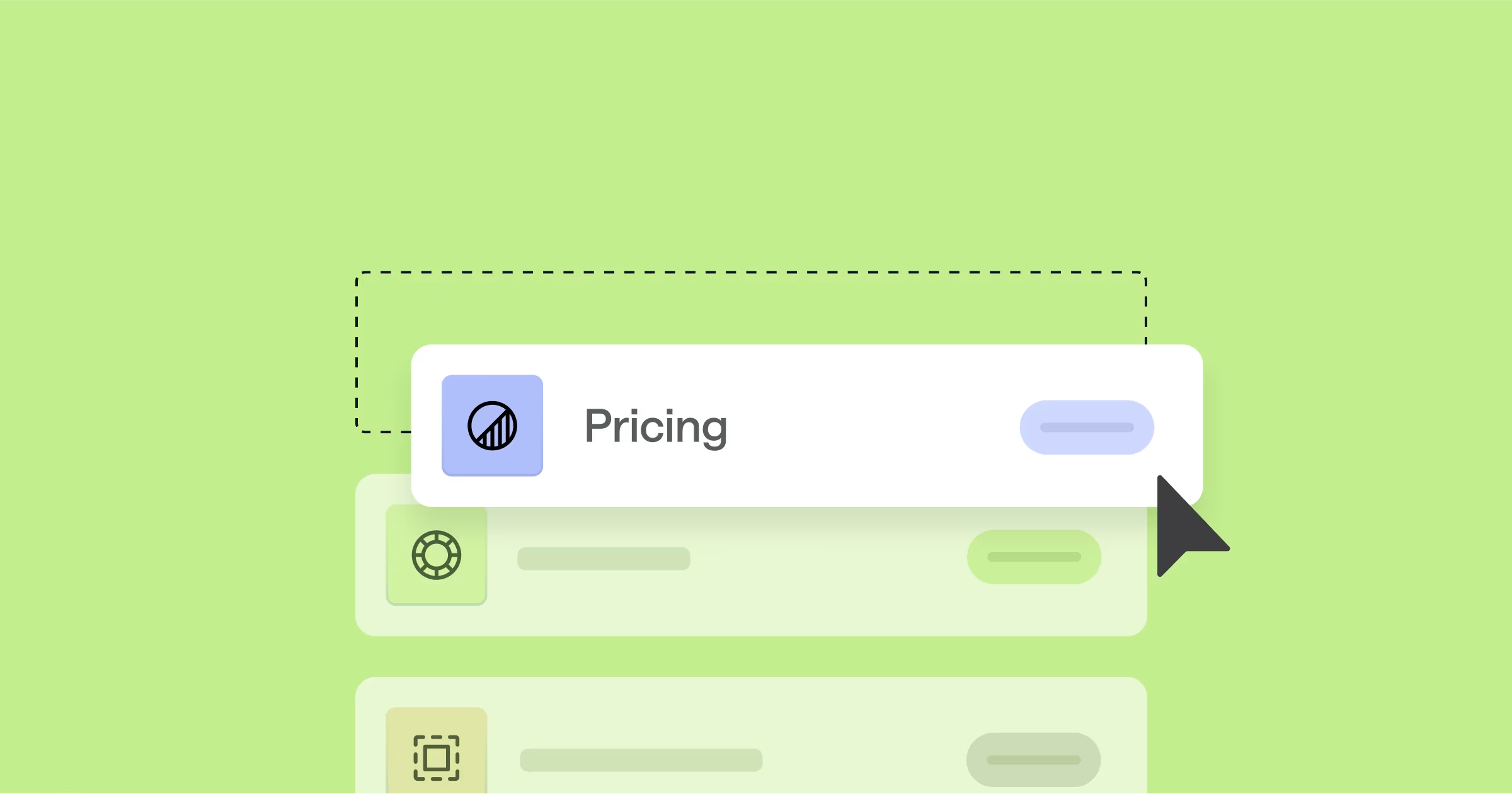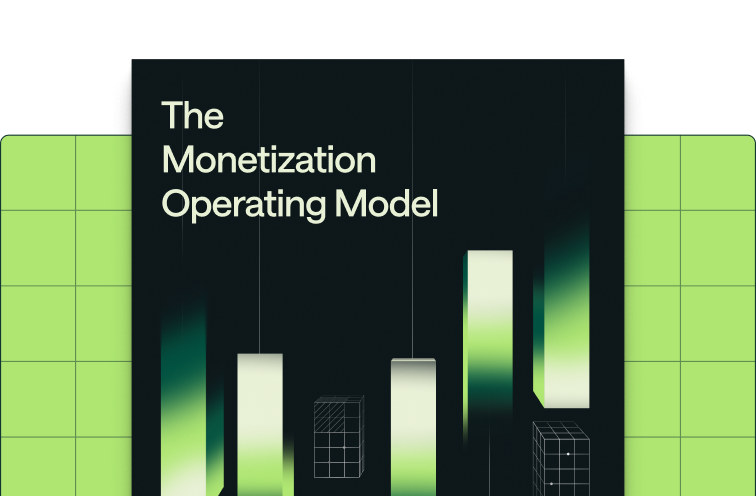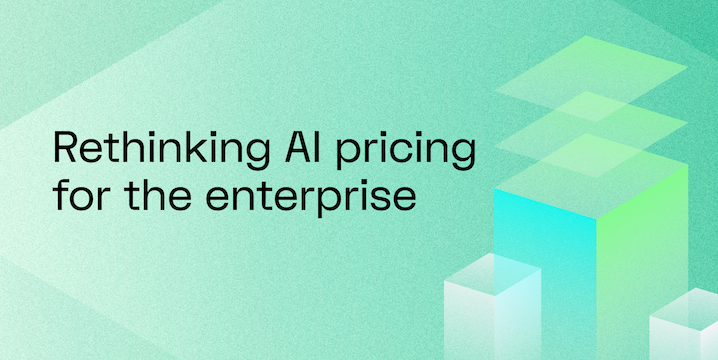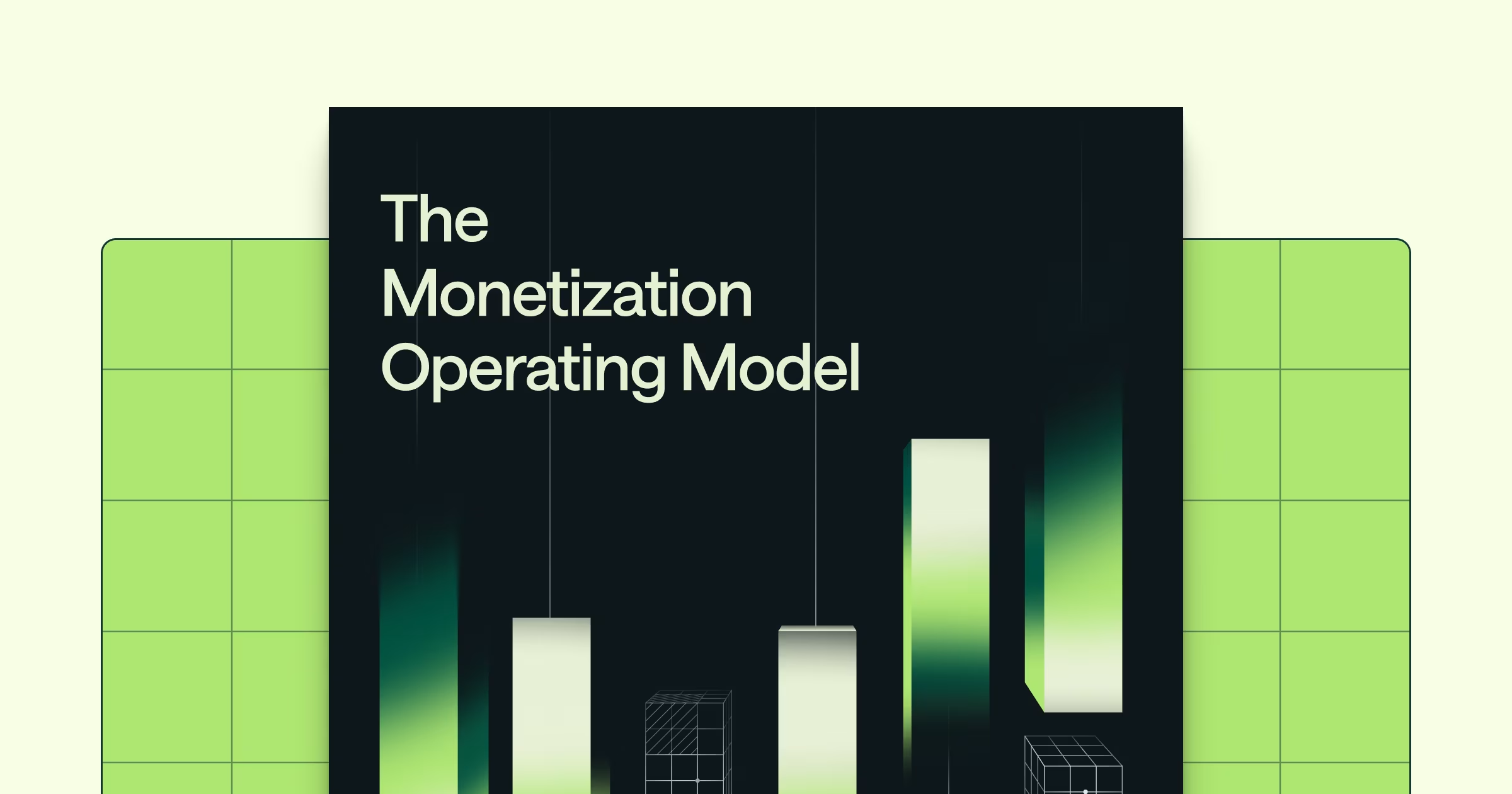Share
Pricing used to be just a number on a slide.
Today, it’s part of the product experience.
In a world of usage-based models, AI-powered agents, and real-time infrastructure, pricing isn’t just a finance decision—it’s something your customers feel every time they log in. It shapes trust, affects adoption, and determines whether a user grows with your product… or leaves with a bad taste in their mouth.
Yet for most companies, pricing is still treated like a one-time project. Just a spreadsheet. A little backend configuration. Or worse, a last-minute change handled manually by a billing vendor or yet another engineering ticket.
That model breaks under pressure—especially now.
So what’s changed?
Three big things:
1. AI shifted the cost structure.
Usage is no longer predictable. With agentic workflows, one user action might fan out into dozens of model calls, tool invocations, or backend operations. That makes the cost of a single request highly variable—and increasingly difficult to track or explain.
Metrics like “requests” that once worked well now feel disconnected from real costs. At the same time, more accurate metrics like tokens or compute are harder for users to mentally model. This leads to confusion, frustration, and ultimately, churn.
2. Customer expectations shifted, too.
Users now expect real-time feedback on spend. They want to know how much something will cost before they run it. They expect self-serve usage dashboards that are accurate, intuitive, and real time. They expect visibility and proactive usage alerts. “You’ve hit your limit” with no prior warning isn’t acceptable anymore.
3. Monetization became a growth lever.
Pricing is now core to product, GTM, and revenue strategy. It can't be just about finance anymore. Teams building AI-native tools or hybrid PLG+SLG motions are learning quickly that pricing is one of the most powerful levers they have. If you’re not experimenting with pricing the same way you do with your product, you’re falling behind.
Pricing deserves the same discipline as product.
You wouldn’t ship a new feature without user testing, observability, and a feedback loop. Why would you treat pricing any differently?
At Metronome, we believe pricing should be treated like a product system—one that’s:
- Testable – Can you experiment without months of planning or manual rewrites?
- Observable – Can you see how users are interacting with pricing and usage in real time?
- Responsive – Can you update pricing logic or packaging dynamically, without breaking billing or RevRec?
This isn’t hypothetical. We’ve all seen what happens when companies get it wrong: pricing shifts confuse users, cost spikes without warning, dashboards lag behind reality. And we've all see the results: Surging churn, deluges of support tickets, and sometimes irreparably lost trust.
Pricing is your most visible product feature, whether you treat it that way or not.
If you’re scaling an AI-native product, building a hybrid PLG + SLG motion, or shifting to usage-based pricing, your monetization system needs to evolve too.
It’s time to give pricing the same strategic attention as UX, observability, or security.
We’ll be sharing more in this series about how to design for visibility, predictability, and control—so you can launch new models with confidence, not risk.
About this series
“Pricing Is a Product” is a series exploring how modern teams are rethinking monetization. From real-world missteps to system design principles, we’ll break down how to build pricing models that are visible, predictable, and built for scale.
Part 1: Pricing Is a Product: Why It’s a Top Priority
Up next → Part 2: What Happens When Pricing Breaks the Product (and the Customer Experience)
Part 3: AI Agents Changed the Game. Pricing Hasn’t Caught Up.
Part 4: Pricing Experiments Shouldn’t Break Finance
Part 5: The Monetization Operating Model
Part 6: The Infrastructure for Value Monetization
→ Check out our new whitepaper expanding on this framework: The Monetization Operating Model








.avif)


